Kernavė Archaeological Site (Cultural Reserve of Kernavė) is located about 35 km north-west of Vilnius in eastern Lithuania. The Kernavė Archaeological Site is situated near the river Neris in the Pajauta Valley. Kernavė represents a testimony to 10 millennia of human settlements in the Baltic region and has preserved traces of ancient land use and the remains of five hill forts. The Kernavė hill forts were part of a large defence system. The oldest hill fort of Kernavė is Aukuras Hill. Aukuras Hill was settled in the first century BC. Along with Vilnius and Trakai, Kernavė was an important feudal town in the Middle Ages. Kernavė was the first capital of Lithuania. In the 14th century, the town was destroyed by the Teutonic Order, the remaining inhabitants settled on a nearby hill. Modern Kernavė is a tiny rural village, but it has a church and chapel next to the Kernavė Archaeological Site. The archaeological site was excavated in the 19th century. After WWII, the hill forts were excavated by the Vilnius University in 1979 and the Lithuanian Institute of History between 1980-1983. Only a small part of Kernavė has been excavated. The Kernavė Archaeological Site Museum houses artifacts discovered during the excavations, the objects tell the history of Kernavė. Kernavė Archaeological Site (Cultural Reserve of Kernavė) was declared a UNESCO World Heritage in 2004.
www.werelderfgoedfotos.nl © Copyright World Heritage Photos
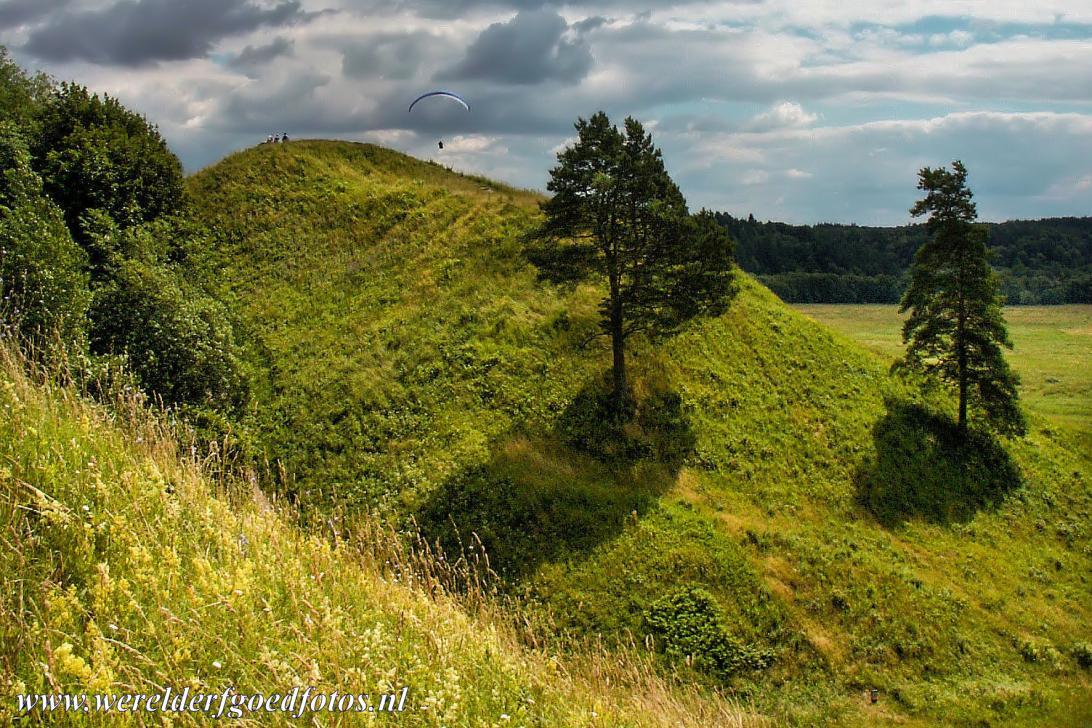
Kernavė Archaeological Site (Cultural Reserve of Kernavė): Kernavė is a tiny town situated on the right bank of the Neris River. Around 500 AD, Kernavė, together with Vilnius and Trakai, was an important tribal centre in Lithuania, it was the capital city of the Grand Duchy of Lithuania in the 13th century. In the 14th century, Kernavė was destroyed by the Teutonic Order, the remaining inhabitants settled on a nearby hill. Kernavė represents the primeval past of Lithuania.

Kernavė Archaeological Site (Cultural Reserve of Kernavė): Kernavė is a tiny town situated on the right bank of the Neris River. Around 500 AD, Kernavė, together with Vilnius and Trakai, was an important tribal centre in Lithuania, it was the capital city of the Grand Duchy of Lithuania in the 13th century. In the 14th century, Kernavė was destroyed by the Teutonic Order, the remaining inhabitants settled on a nearby hill. Kernavė represents the primeval past of Lithuania.
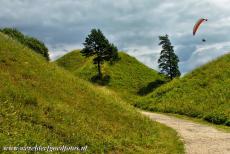
Kernavė Archaeological Site (Cultural Reserve of Kernavė): Kernavė has preserved traces of ancient land use and the remains of five hill forts. The oldest hill fort is called Aukuro Kalnas, the Heart Mound or Aukuras Hill. Aukuras Hill was settled in the first century BC. Kernavė is an area of unique archaeological and historical value. The Kernave Archaeological Site gained the status as a UNESCO World Heritage in 2004.
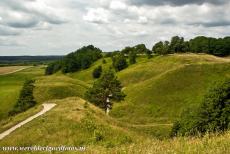
Kernavė Archaeological Site (Cultural Reserve of Kernavė): The legend says that King Mindaugas was crowned on the Mindaugo Sosto, King Mindaugas Throne, in 1253. King Mindaugas was the founder of the Grand Duchy of Lithuania and the first and only King of Lithuania. Kernavė was an important feudal town during the Middle Ages. Kernavė was the first capital of Lithuania. In the beginning of the 14th century, the capital city was transferred to Trakai and later to Vilnius.
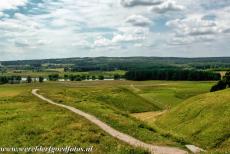
Kernavė Archaeological Site (Cultural Reserve of Kernavė): The Lizdeika Hill. The hill fort with the steepest sides is called Lizdeikos Piliakalnis, the Lizdeika Hill, it is facing the Neris River. Lizdeika was a pagan priest, he protected the fire on the Altar Hill or also the Holy Hill. The five hill forts are situated close to the Neris River in the Pajauta Valley. The largest hill fort is called the Castle Mound, the Piliakalnis.
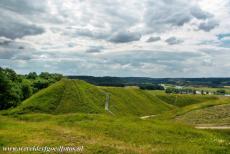
Kernavė Archaeological Site (Cultural Reserve of Kernavė): Now, five hill forts have remained in Kernavė. The Kernavė hill forts were part of a large defence system that once stretched along the Neris River. For the first time, the hill forts were excavated in the 19th century, after World War II, they were excavated by the Vilnius University and the Lithuanian Institute of History. In written historical sources, Kernavė was first mentioned in 1279.
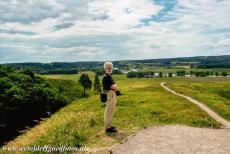
Kernavė Archaeological Site (Cultural Reserve of Kernavė): Kernavė has the oldest medgrinda of Lithuania, a hidden underwater road across the swamps, created of wood, it is dated to the 4th-7th century, the medgrinda was used as a defence road and was only known to the locals. The Kernavė Archaeological Site (Cultural Reserve of Kernavė) was inscribed on the UNESCO World Heritage List in 2004.
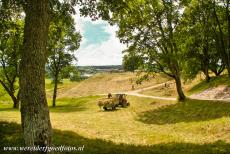
Kernavė Archaeological Site (Cultural Reserve of Kernavė ): Kernavė represents an outstanding testimony to 10 millennia of human occupation in the Baltic region and has preserved traces of ancient land use and the remains of five hill forts. The Museum of Kernavė houses artifacts that were discovered during the excavations. Since the mid-19th century, the Kernavė Archaeological Site has attracted the attention of researchers.
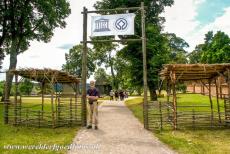
Kernavė Archaeological Site (Cultural Reserve of Kernavė): The entrance gate into Kernavė. The Kernavė Archaeological Site is situated 35 km northwest of Vilnius in eastern Lithuania. Kernave Archaeological Site is an ensemble of archaeological sites, including the town of Kernavė, five hill forts, some undefended settlements, burial sites and historic and cultural monuments. Kernave Archaeological Site was declared a UNESCO World Heritage in 2004.
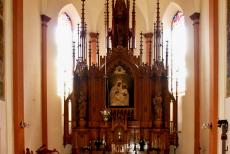
Kernavė Archaeological Site (Cultural Reserve of Kernavė): The Church of Kernavė was built in 1910-1920. In the centre of the Neo-Baroque altar is a painting of the Virgin Mary and Child, it was painted in 1816. In front of the church stands a granite statue of the biblical figure Moses. Nearby the Church of Kernavė Church stands a small wooden chapel and mausoleum, a burial site and the stone foundations of an older church.
